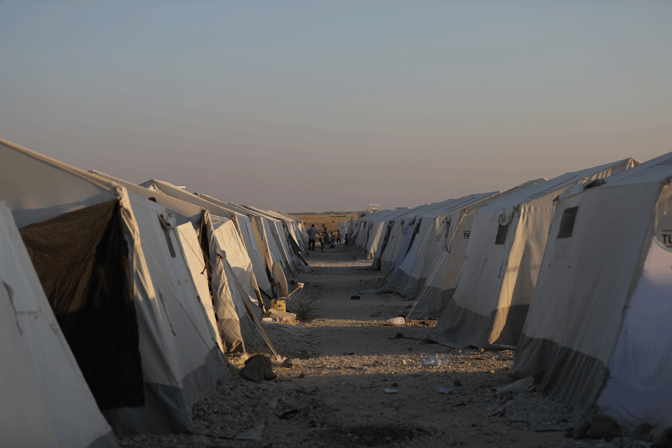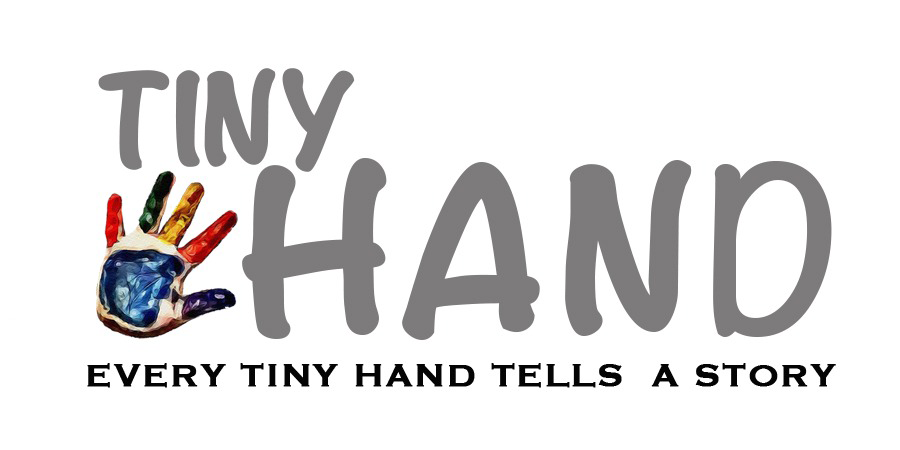The world must do something about the children of ISIS fighters

Article From: washington post
By: Editorial Board
AMONG THE many still-festering issues in the Middle East that may be worsened or neglected as a result of the rise in U.S.-Iran tension, none is more poignant than the plight of thousands of children of ISIS fighters from outside the region who are languishing in camps across northeastern Syria.
They are sons and daughters of foreign Islamic State fighters, and there were approximately 8,000 of them as of December 2019, according to United Nations data. They have been gathered — usually with their mothers but often unaccompanied — in these squalid tent cities, the largest of which, al-Hol, contains more than 68,000 people, since the last Islamic State strongholds in Syria fell to U.S.-backed Kurdish forces roughly a year ago. Both humanitarian values and security considerations require that their home governments in Europe and elsewhere find new, safe places for them to live as soon as possible.
Admittedly, it is a very difficult problem, an especially cruel variant of the wider unresolved matter of what to do about the thousands of left-behind foreign Islamic State fighters whose native countries are reluctant to take them back, out of an understandable fear that they would return to terrorism.
Yet half of the children living in three northern Syrian camps are under the age of 5, according to the United Nations; 80 percent are under 12. In the camps, which are being guarded by Kurdish forces still funded and supported by the United States, these kids receive at most basic health and education.
They remain subject to Islamic State indoctrination, often from their mothers, many of whom remain fiercely loyal to the organization — and who even enforce its rules through violence up to and including murder. The longer the children stay, and the older they get, the more likely they themselves may be to grow up into a new Islamic State generation.
Between January and October of last year, only about 350 children born to parents from 17 nationalities other than Syrian or Iraqi were repatriated; of these, more than half returned to Kazakhstan, which took back 156
the International Crisis Group recommends a “Women and Children First” policy of repatriation that would focus Western resources on identifying the most vulnerable, least dangerous camp residents from those two categories and bringing them home, for trial, or treatment, as circumstances require. Formidable as the obstacles, legal, logistical and political, may be, it is a risk worth taking, especially given the risks of doing nothing.
Tags
Related Posts
Five years on from Alan Kurdi’s death, it’s time to treat refugees with humanity
Remember the image? A three-year-old dead child, Alan Kurdi, in a red T-shirt and blue shorts, shoes still on, …
August 17, 2020Syrian refugees are experiencing their worst crisis to date! Coronavirus will make it worse
By: Irwin Redlener/ directs the National Center for Disaster Preparedness …
March 2, 2020


